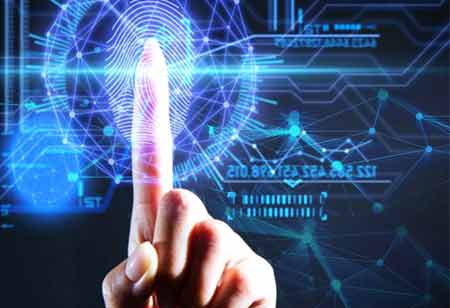THANK YOU FOR SUBSCRIBING
The Importance of 5G and IoT in Smart Cities
To put it simply, "smart cities" make use of emerging technologies like 5G and IoT to design and offer connected solutions for a community's well-being.

By
Apac CIOOutlook | Sunday, March 21, 2021
Stay ahead of the industry with exclusive feature stories on the top companies, expert insights and the latest news delivered straight to your inbox. Subscribe today.
Building owners and managers can deploy numerous devices across a facility to capture real-time data and insights about building management and functions using IoT sensors, automation, and remote management, giving them unique visibility into their building operations.
Fremont, CA: To put it simply, "smart cities" make use of emerging technologies like 5G and IoT to design and offer connected solutions for a community's well-being. While 5G technical advancements alone will not accelerate the development of smart cities, the new 5G infrastructure substantially expands cities' ability to use smart devices, sensors, and data to improve operations and functions.
Everything from smart sensors to self-driving cars can now connect at extraordinarily fast speeds with low latency and without being tethered to an ethernet cable thanks to 5G, the latest wireless technology, leading to more efficient systems and resources.
The Integration of Smart Buildings and Smart Cities
Smart buildings are becoming an increasingly important part of smart cities as IoT becomes more widespread. Traditional building management systems (BMS) are becoming obsolete as a result of recent technological breakthroughs, while building owners and managers have always been on the hunt for new and better ways to save expenses and enhance energy efficiency. Why? Wire-based networks in buildings not only hit their bandwidth limits rapidly, but they also incur additional expenses and add complexity. Smart buildings can now analyze and monitor operations using wireless technology, IoT devices, building automation, and data analytics while also functioning more cost-effectively and efficiently.
Building owners and managers can deploy numerous devices across facilities to capture real-time data and insights about building management and functions using IoT sensors, automation, and remote management, giving them unique visibility into their building operations. Facility owners and managers may now see exactly how and where energy is consumed across a building when it comes to energy efficiency.
Wireless IoT sensors can monitor facility health and air quality in addition to the energy economy. As individuals return to work following the pandemic, it's critical to keep an eye on the health of the facility and air quality. IoT sensors guarantee that building managers and enterprises maintain a healthy working environment using improved technologies in this regard.
Finally, when it comes to data, maintaining IoT security at scale is critical. Asset management is critical for ensuring that IoT devices and networks stay secure and operational, as it performs regular and vital IoT security audits.





